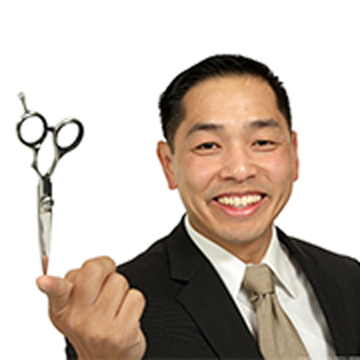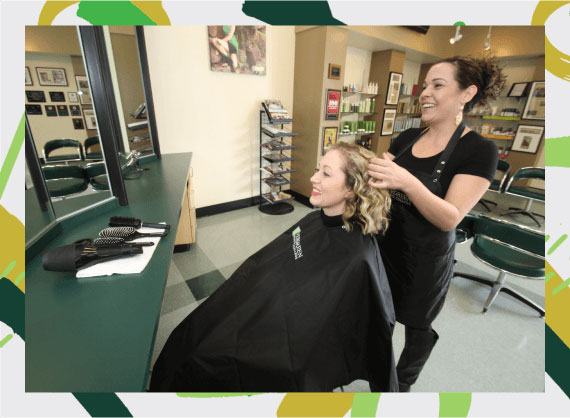Beauty School Instructor Training Programs: The Basics
The demand for estheticians, nail technicians, hair stylists and barbers has shown no signs of slowing down, despite the economic downturn and high unemployment in other fields. In order to accommodate this demand, the need for cosmetology instructors to train the students of these crafts has also grown. Becoming a cosmetology instructor can be a great addition to any licensed cosmetologists career, no matter if they plan to teach full time or part time. Requirements for the instructor certification vary from state to state, but most require additional training and testing.
Getting Your Instructor License
The process to become a cosmetology teacher begins with an applicant who is at least 18 years old, and who already holds a license to practice cosmetology in their state. This is very important to note: In order to become a beauty school instructor, you must be a licensed cosmetologist.
The next step is finding a beauty school instructor training program that suits your needs. These are offered by beauty colleges, vocational schools and technical schools across the country. Most programs require between 1,200 and 1,800 hours of training in order to become an instructor.
These hourly requirements vary, and are based on the state licensure requirements.
Even after the instructor coursework is required, those who wish to teach must prove that they have experience in the field. Each state has a State Board of Cosmetology that determines these requirements. In most states, at least 800 hours of hands-on practice are required, and there is a minimum wait time after earning a cosmetology license. This can be as little as six months or as long as five years. This experience is very important because instructors pass on their own tips, tricks and experiences to the next generation of cosmetology students.
Working as a Cosmetology Instructor
In some cases, you may want to teach in a state that is not where your cosmetology license was acquired. This can be an issue, because you must have a cosmetology license in the same state as you have an instructor’s license. In some states, this may be simple. Sometimes neighboring states have reciprocity agreements. This means the State Board can issue you a license based on the fact that you met the licensure requirements in the other state. Others require you to take additional hours of coursework to transfer or test for your certification in their state.
Once a cosmetology instructor has earned his or her licensure, it is time to find a teaching position. These positions can be at a beauty college, vocational school or technical institute with a cosmetology program. Some hire instructors who can work in multiple programs while others use different instructors in different specialties. This means it is important to list your experience and qualifications as a colorist, nail technician, makeup artist or esthetician on your application.




